ScuzzBlog: Diaries February 2022
Entry 5th February 2022: Post 1: Texas Instruments - Model 703 Data Terminal.
Texas Instruments - Model 703 Data Terminal.
I never actively collected business machines, however, one or two
more commercially based items have found there way here over the
years. One such item being the 703 Data Terminal which by itself
is pretty useless. This would have been connected to a computer
via the telephone and rely on line printed data for interaction
as it had no monitor. The unit is one of a series dated 1983,
though the full range circles back into the early years of the
previous decade.
Most terminal devices are confined to the input and output of data
using a remote host computer for its processing power. If the data
terminal has significant processing power it is often called a
smart terminal. If however the terminal relies on the host computer
to provide its processing power it is called a dumb terminal. This
system permits a number of terminal users to concurrently use and
share various functions and programs and access terminal hosts.
My first experience of a terminal was in 1976 when during a maths
lecture at college we were dragged into this white room housing a
large cabinet and punch tape printer connected to the telephone.
We were advised that the college had reserved time at the Honeywell
computer in the city. Sure enough the senior in charge logged the
terminal onto the main computer and undertook a number of mathematical
calculations. The results were punched onto tape. There was no video
or visual display and so all data was entered on a terminal device.
Once complete we logged out from the main computer.
The 703 is a hardcopy terminal or teletype that prints to thermal
fax paper. Communication is via RS-232 at 300 baud.
I became interested again in the 703 whilst watching Chris Curry
co-founder of Acorn talking about the early days with his staff.
Many had joined from university where it was normal the reserve
computer time on the IBM System 370 using a terminal. Computer
time was both limited and expensive so guys enjoyed very much the
freedom that working with Acorn gave them.
Chris also mentioned his early work on the Spectrum calculator
which he explained came about following a trip to Texas Instruments
in the States. He was given the latest chips to check over and in
no time wired them to create a crude LED display. Clive Sinclair
was already organising the publicity and promotional paperwork
long before Chris had a working machine. He later would create the
early computer kit in the form of the MK14. This predates the ZX80.
The MK14 had been developed as a subsidiary operation to the main
business and released by Science of Cambridge. Chris and Clive then
decided to part company and Chris went on to create the Atom which
I featured yesterday.
It is difficult to put into perspective a world of computing before
the birth of the home computer or micro. Time was when computers
filled rooms and were accessed by terminals. very often no visual
display was present and information was strewn out across line
printing devices. Information fed into the computer was often by
punch card and tape and so in any one room there were several areas
of activity in feeding and retrieving information from the main
processing unit. It is quite amazing how far things had come by the
time Steve Wozniak was building his wooden case to house a computer
that could fully sit on a desk. It must have been an incredible
sight witnessing a computer so small, achieving so much. Something
we all take for granted now.
And when you think of terminal think simply of a device that lets
the user borrow processing power from a main frame to undertake
processes remotely. Or not. Don't quote me on any of the above.
I am sure it is littered with inaccuracies. I mean what do I know ?
Texas Instruments - Model 703 Data Terminal.
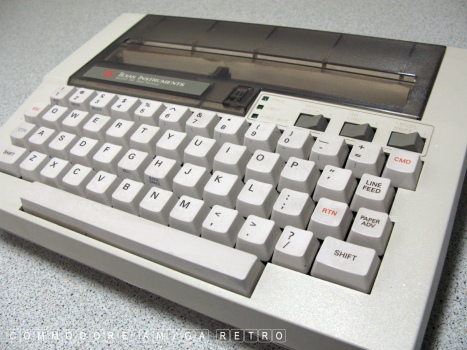

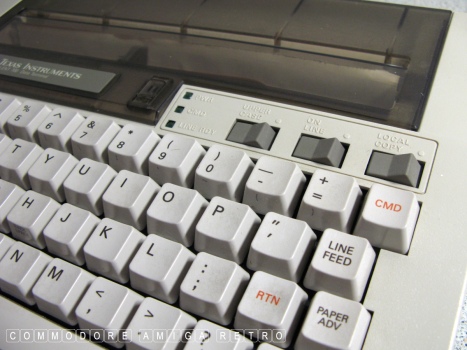
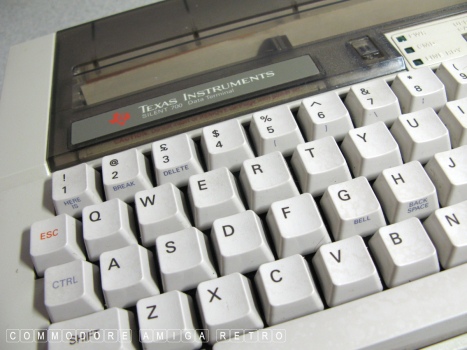


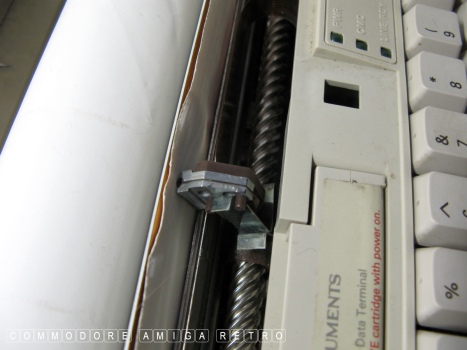


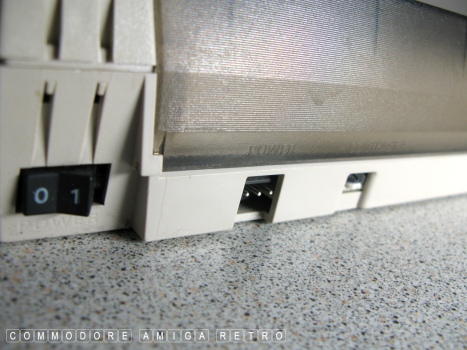
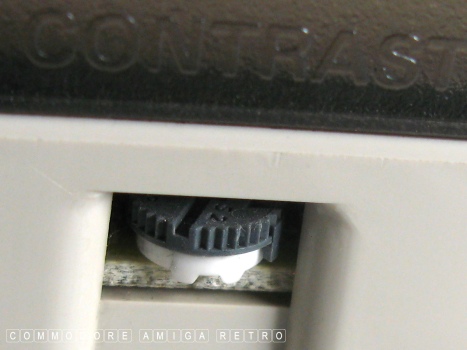




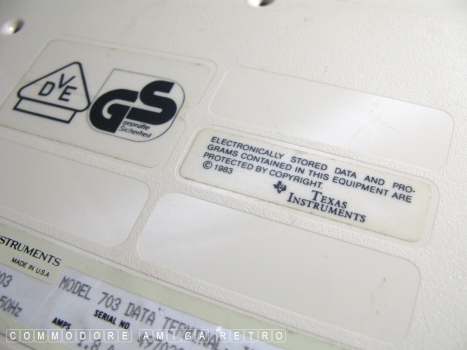
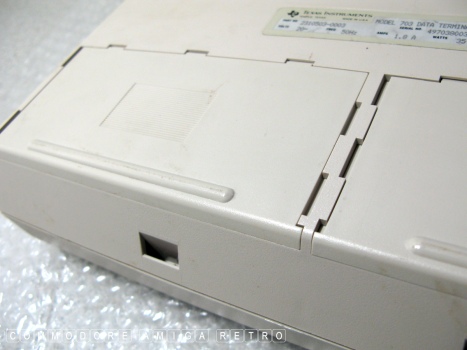
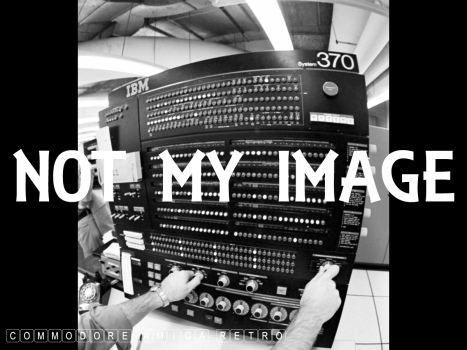
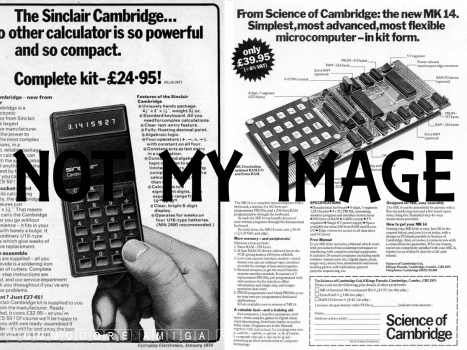




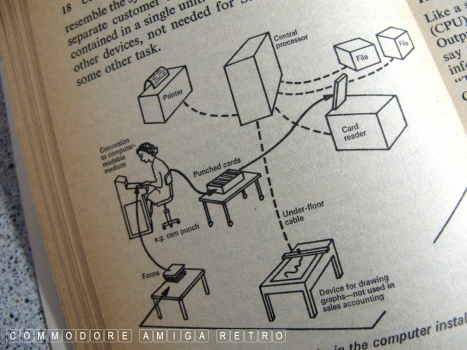
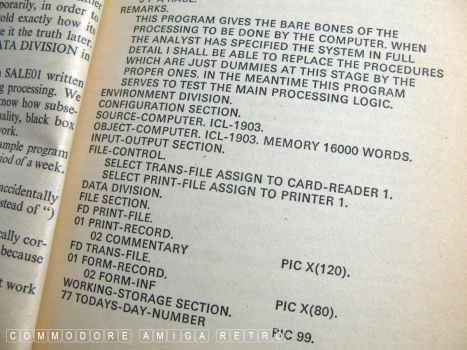



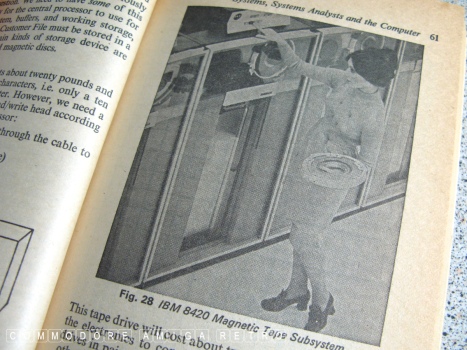


|


![]()


![]()